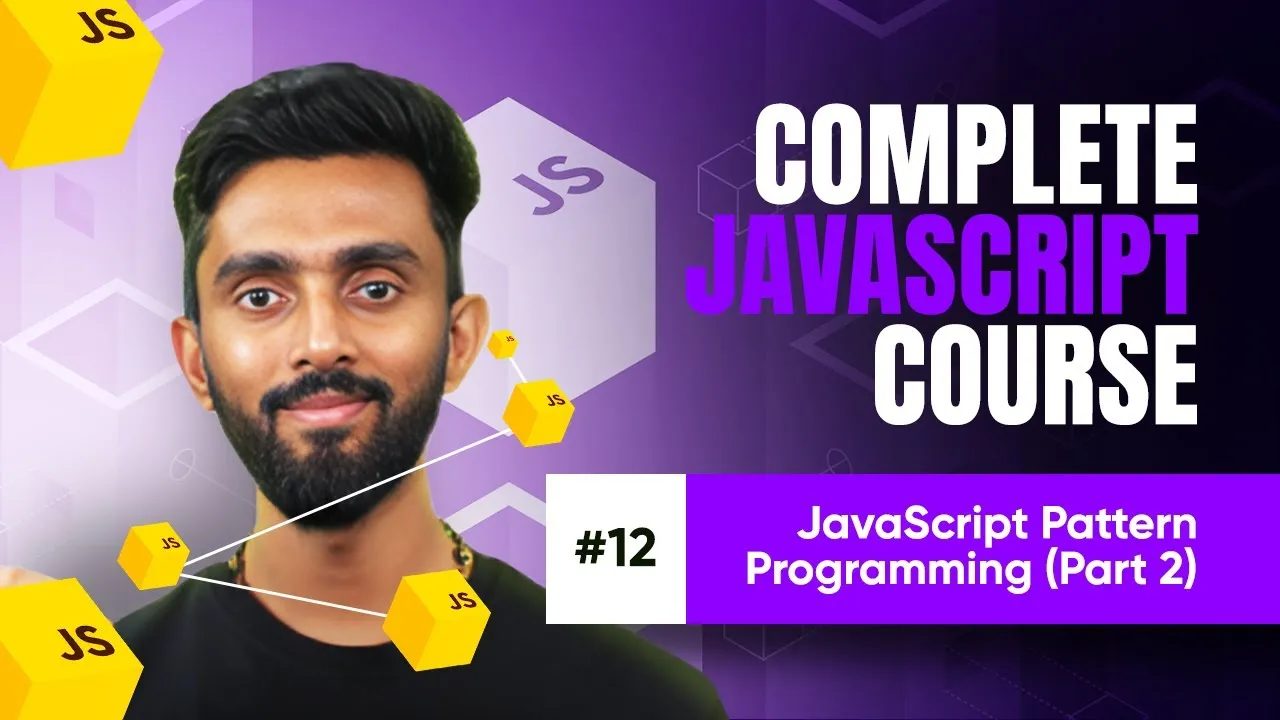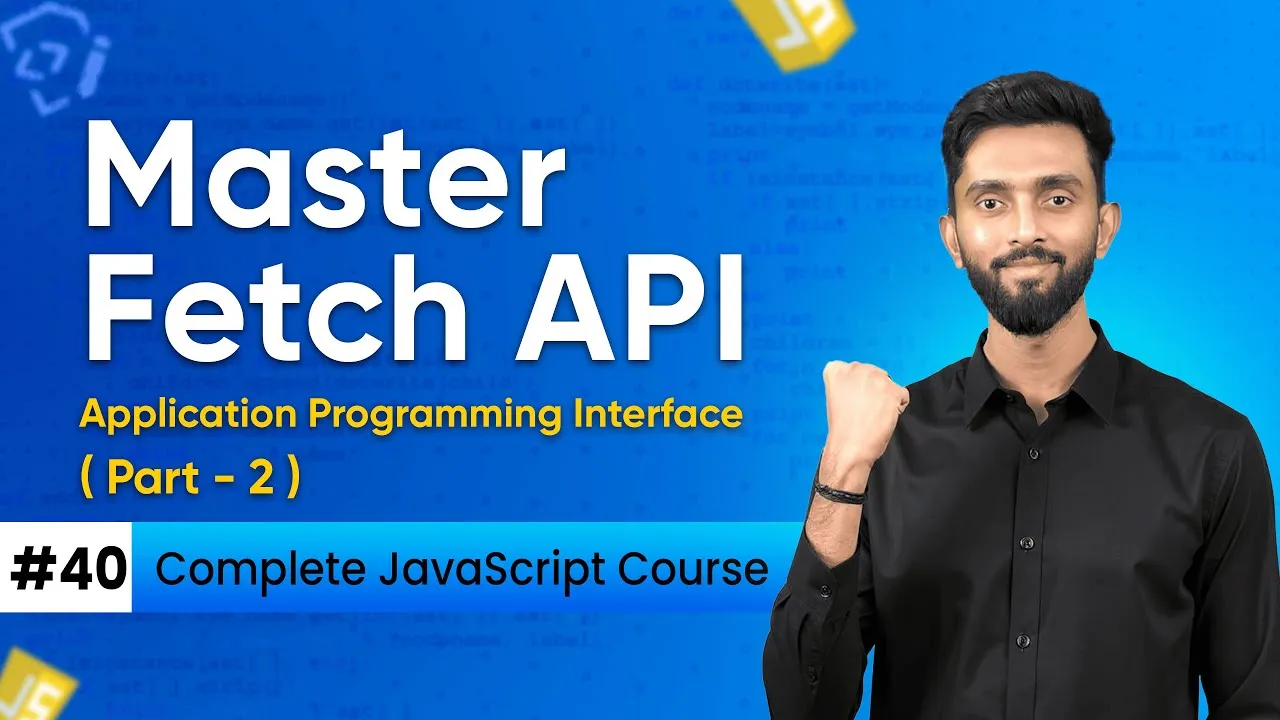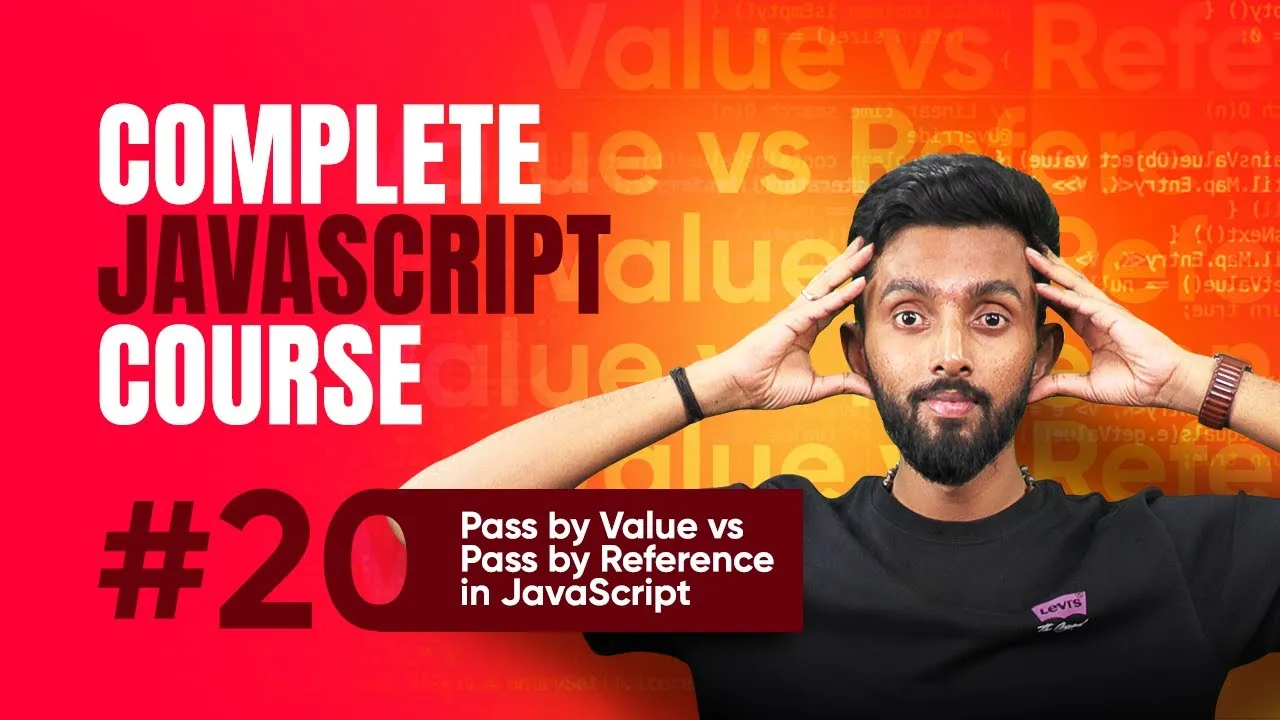Understanding Functions in JavaScript: Basics and Memory Explained
Published on June 9, 2025 • 4 min read
Functions in JavaScript form the backbone of writing efficient and reusable code. For beginners diving into JavaScript, understanding functions is crucial — they not only structure your code but also enable you to perform tasks repeatedly without rewriting code. Whether you’re prepping for interviews or building your first projects, mastering the basics and advanced concepts of JavaScript functions will set a strong foundation for all your coding endeavors.
What Is a Function in JavaScript? Understanding the Basics
A function in JavaScript is essentially a block of code designed to perform a particular task. Think of it as a mini-program within your program.
Here's the essential anatomy of a JavaScript function:
- Name: Identifies the function.
- Parameters: Inputs that the function can accept (inside parentheses).
- Body: The set of instructions the function executes (inside curly braces
{}). - Return value: The output the function produces, sent back after execution.
A typical function in JavaScript starts with the function keyword, followed by the function’s name and parentheses that may include parameters. For example:
function greet(name) {
return `Hello, ${name}!`;
}
In this example, greet is the function name, name is the parameter, and the function returns a greeting message.
For a more detailed introduction, check out the MDN Web Docs on functions.
Four Types of Functions: Inputs and Outputs Explained
Not all functions are the same. In JavaScript, functions fall into four categories based on whether they accept inputs (parameters) and return outputs (return values):
- No input, no output: Executes some code but neither accepts parameters nor returns any value.
- No input, returns output: Doesn’t take parameters but returns a result after execution.
- Takes input, no output: Accepts parameters but doesn’t return any value.
- Takes input and returns output: Accepts parameters and returns a processed result.
Understanding these types helps you design functions effectively. Here’s a quick code rundown illustrating these types:
// 1. No input, no output
function logMessage() {
console.log('This function logs a message.');
}
// 2. No input, returns output
function getCurrentYear() {
return new Date().getFullYear();
}
// 3. Takes input, no output
function greetUser(name) {
console.log(`Hello, ${name}!`);
}
// 4. Takes input and returns output
function multiply(a, b) {
return a * b;
}
Explore more beginner-friendly function examples at JavaScript.info.
Why Understanding Functions From a Memory Perspective Matters
Learning functions purely by syntax is common, but diving deeper into how JavaScript manages these functions in memory can drastically improve your debugging and coding skills.
Imagine two drivers: one knows how to drive a car, and the other understands the car's engine and mechanism. When the car breaks down, the first is stuck, while the second can troubleshoot and fix the problem. Similarly, when your code runs, if you understand how JavaScript runs your functions in memory, you'll debug and optimize much better.
JavaScript runs inside environments like browsers (using engines like Chrome's V8) or Node.js outside the browser. Both allocate specific memory regions to execute your code:
- Stack segment: Stores function calls and local variables.
- Heap segment: Stores objects and dynamic data.
The function execution context often uses stack memory for quick access, crucial for managing function calls and return values.
For more on JavaScript memory management and execution context, visit Google Chrome V8 documentation.
Understanding these concepts will empower you to write more efficient and bug-free JavaScript code.
Summary: Building a Strong Foundation With JavaScript Functions
Functions in JavaScript are your building blocks — knowing their structure and types boosts your coding confidence. Remembering how functions interact with memory within runtimes like Node.js or browser engines will elevate your problem-solving skills.
Start by practicing basic functions, experiment with inputs and outputs, and explore how JavaScript executes these in the stack and heap memory segments. Keep a curious mindset about underlying mechanisms — this approach helps you become not just a coder but a true JavaScript developer.
Ready to write your first function and dive deeper? Stay tuned to this series for upcoming lessons on advanced functions, asynchronous programming, and the event loop!
Keep coding and happy debugging!
This blog post is based on content from a YouTube video. Watch it here. All rights reserved by the original creator.


